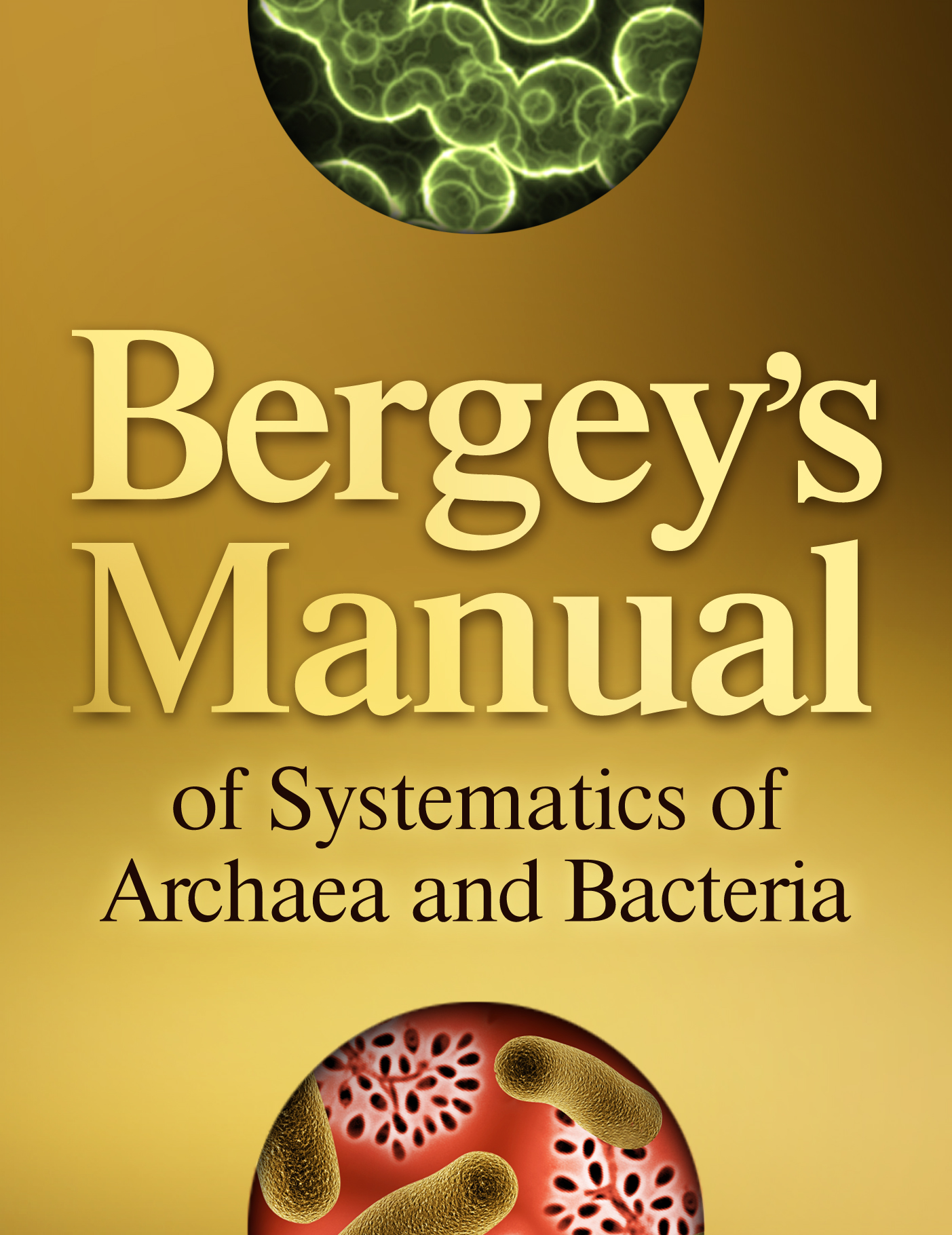Abstract
A.li.cy.clo.ba.cil'lus. Gr. adj. aliphos fat; Gr. n. kyklos circle; L. n. bacillus small rod; N.L. masc. n. Alicyclobacillus small rod with ω-alicyclic fatty acids.
Firmicutes / “Bacilli” / Bacillales / “Alicyclobacillaceae” / Alicyclobacillus
Straight rods, 0.3–1.1 µm × 1.5–6.3 µm. Terminal or subterminal ovoid endospores are formed. In some strains the sporangium is swollen. The majority of the species stain Gram-positive; one species stains Gram-negative. Many of the strains are nonmotile, but others have motility. Colonies are not pigmented. Aerobic with a strictly respiratory type of metabolism, but a few strains reduce nitrate to nitrite, and some reduce Fe3+. The strains of these organisms have variable oxidase and catalase reactions. Mesophilic, slightly thermophilic, and thermophilic, with an optimum growth temperature 35–65°C; the temperature range for growth 4–70°C. Acidophilic; the pH range for growth is from about 0.5–6.5; the optimum is from pH 1.5–5.5. Menaquinone-7 is the predominant respiratory quinone. Two phospholipids, one aminoglycolipid, one glycolipid, and a sulfonolipid are generally present. Fatty acids are predominantly ω-cyclohexane or ω-cycloheptane; three species do not possess these fatty acids. Branched chain iso- and anteiso-fatty acids and straight-chain fatty acids are also present. Some strains are known to possess hopanoids. Most species are chemoorganotrophic; two species are mixotrophic. Monosaccharides, disaccharides, amino acids, and organic acids are used as sole carbon and energy sources; acid is produced from several carbohydrates. Mixotrophic species utilize Fe2+, S0, and sulfide minerals in the presence of yeast extract or sole organic compounds. Some strains require yeast extract or cofactors for growth. Found in soil and water of geothermal areas, nongeothermal soils, fruit juices, and ores.
DNA G+C content (mol%): 48.7–62.5.
Type species: Alicyclobacillus acidocaldarius (Darland and Brock, 1971) Wisotzkey, Jurtshuk, Fox, Deinhard and Poralla 1992, 267 (Bacillus acidocaldarius Darland and Brock 1971, 9.)



